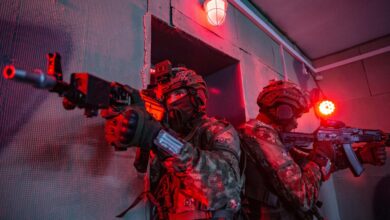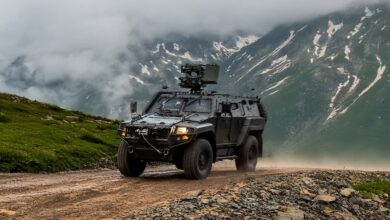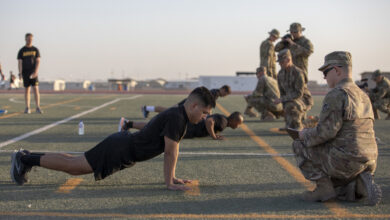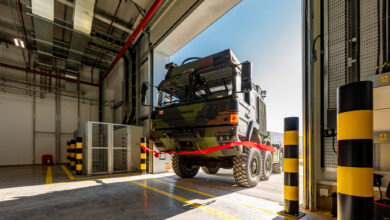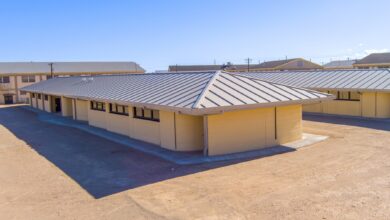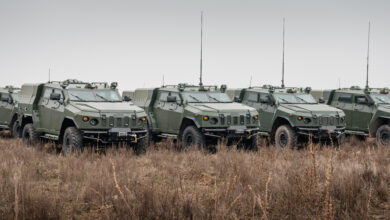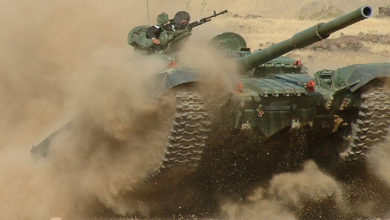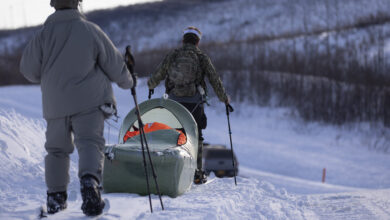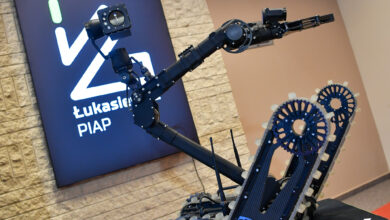HDT Global’s WOLF-X Prototype Joins US Army Robotic Combat Vehicle Program
HDT Global has announced the selection of the WOLF-X prototype vehicle for an ongoing US Army program seeking a Robotic Combat Vehicle (RCV).
WOLF-X is a remote-controlled unmanned system being developed in collaboration with BAE Systems along with Virginia-based engineering solutions company McQ Inc.
General Dynamics, Textron Systems, and Oshkosh Defense are the other contenders.
Under the initial phase, the group was ordered to deliver two prototypes by 2024. A single team will then be selected to finalize a vehicle design and supply up to nine prototypes of the system.
Fielding of the vehicle is scheduled for 2028.
“We’re delighted our WOLF-X RCV system was selected for the RCV Program’s Phase I test and evaluation,” HDT Global CEO and President Kevin McSweeney stated.
“HDT’s industry leadership in the development of innovative robotic solutions is more than 12 years in the making and the WOLF-X illustrates our commitment to solving complex problems and overcoming the challenges our warfighters face on today’s modern battlefield.”
“The WOLF-X is a unique and disruptive solution that delivers reliable cutting-edge technology with responsive and accurate battlefield lethality.”
The WOLF-X
HDT’s WOLF-X is built with “rugged, reliable, and easy to operate and maintain” capabilities to sustain a mobility advantage and accommodate future technologies.
The 8×8 vehicle has a compact design, making it transportable via a CH-47D Chinook helicopter.
Meanwhile, its advanced configuration allows the system to integrate enhanced armor and carry an MK44 30-millimeter chain gun.
“The HDT WOLF-X exceeds all RCV requirements with an advanced design that is engineered for future growth,” HDT Global CTO Tom Van Doren explained.
“Leveraging our expertise in robotic vehicle design and manufacturing, the WOLF-X expands on the mature technology of the HDT robotic Hunter WOLF, delivering the right material solution to carry out critical missions on the complex modern battlefield.”



